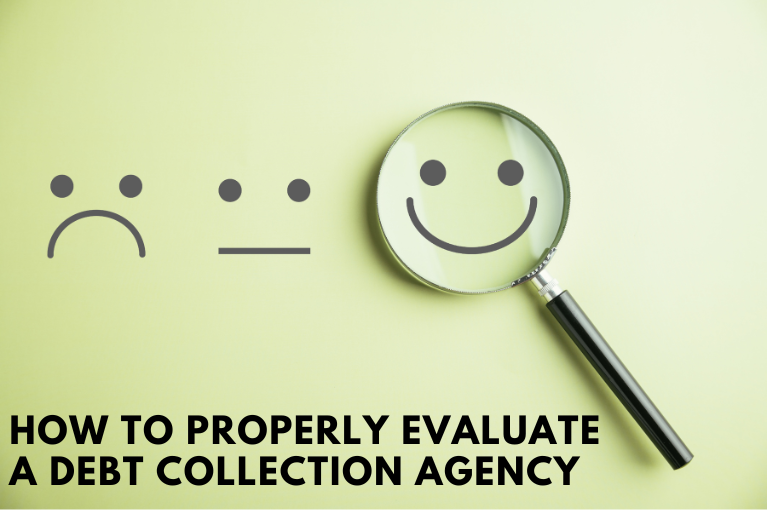Because corporations are seen as separate entities from the people who run them, any debt incurred by a company is the responsibility of that company, and not the individuals in charge of the enterprise. This protection that company shareholders receive from being held personally accountable for the outstanding debts of their businesses is known as the corporate veil.
In some cases, business owners will take this idea of a corporate veil to the extreme by creating multiple companies and shifting assets from one entity to another in order to get out of their responsibilities to make good on their debts. While this tactic is underhanded, it is not always illegal. Many states offer such strong protection for shareholders of corporations that there is simply nothing a creditor can do to pierce that corporate veil.
If you should happen to find yourself in a situation where a debt that is owed to you is stuck behind a corporate veil and the people responsible are not willing to work with you, there are four situations where you might still have a chance at recovering what is owed to you.
Proof of Commingling
Commingling is the word used to describe a situation where there is no real separation between the assets of a corporation and the property of the primary shareholders of a corporation. This frequently happens with small business owners who don’t have their companies set up as completely separate entities.
If you can prove that there is not a distinct separation between the assets and actions of business from that of the individual shareholder, you might be able to pierce the corporate veil and have the shareholder held personally responsible for any outstanding debts.
Evidence of Fraud
As in most cases, all bets are off if there is even the slightest indication of any type of fraud. The most common example of this is when a business closes to avoid meeting its obligations and then reopens with a new name while conducting the exact same type of business.
There is no doubt that this is a fraudulent activity, and debt collectors can often argue successfully that the new company is still responsible for paying the old company’s debts.
Failure to Follow Procedures
Another option for piercing the corporate veil is proving that a business failed to follow certain procedures. This could include failing to hold a regular shareholders meeting, or forgetting to file certain documents that are required by a particular state.
In the event that a company is not following proper procedures, the shareholders of that company can be held personally responsible for the actions and outstanding debts of the company.
You Got a Personal Guarantee
While piercing the corporate veil using any of the above reasons is possible, proving those things to be true can often be a challenging task. One much simpler way to ensure that you don’t run into problems with debts hidden behind corporate veils is to get a personal guarantee from whoever you are offering credit on behalf of a company.
In many cases, small business owners will have no problem agreeing to personally guarantee their credit accounts. This can make things much simpler down the road if they should run into trouble and attempt to get out of paying their debts.
Understanding your liabilities and protecting yourself is the name of the game when it comes to offering credit to customers. If you are in a business where offering credit is required, make sure that you are doing everything in your power to ensure that you don’t become a victim of the corporate veil.






